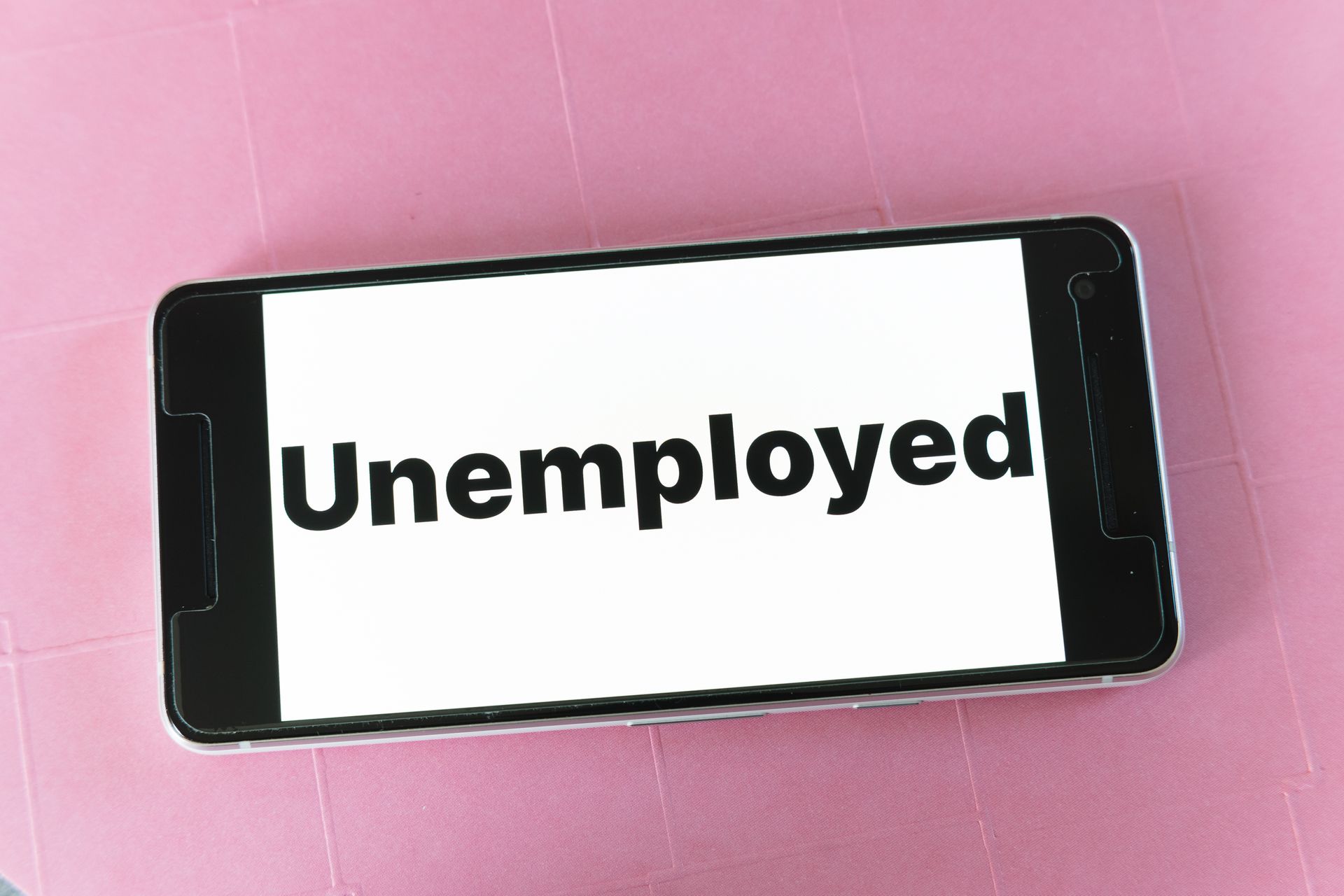Understanding the Family Medical Leave Act (FMLA)
Understanding the Family and Medical Leave Act (FMLA)
The Family and Medical Leave Act (FMLA), enacted February 5, 1993, offers crucial job-protected leave for medical or family reasons. This federal legislation affords employees protection to balance work-life with health-related challenges.
What is the Purpose of the FMLA?
The aim of FMLA is to allow employees to balance work commitments with familial and medical life-changing events. It allows eligible employees to take unpaid leave without fear of job loss or other workplace retaliation. Though FMLA leave is unpaid, the employee may have access to payments for accrued leave-time, subject to an employer's policies.
Eligibility
To be eligible for FMLA benefits, you must meet the following criteria:
- You must have worked for the employer for at least 12 months, which need not be consecutive.
- You must have worked at least 1,250 hours during the 12-month period immediately preceding the FMLA leave.
- You must work at a location where the employer employs at least 50 employees (within a 75-mile radius).
What Events Qualify for FMLA Leave
FMLA provides leave for various qualifying circumstances, including:
● Management of an employee's own serious health condition.
● An employee’s need to provide care for a spouse, child, or parent grappling with a serious health condition.
● Parental leave to accommodate the birth, adoption, or foster care placement of a child.
● Qualifying circumstances arising from the deployment of a covered military member.
● Employee support of a covered military service member grappling with a serious injury or illness.
Rights and Protections under the FMLA
Employees availing themselves of FMLA leave are entitled to:
● Job protection, ensuring reinstatement to the same or equivalent position upon return.
● Continuation of health benefits equivalent to those during active employment.
● Accrual of employment benefits such as seniority and vacation time during the leave period.
● Protection from retaliation for asserting FMLA rights or taking leave.
Requesting FMLA Leave
To initiate FMLA leave, employees should:
● Provide advance notice to their employer whenever possible, or notify promptly if the leave is unforeseen.
● Complete requisite documentation, which may include medical certification or other substantiating evidence.
● Maintain thorough records of all communications related to FMLA leave for future reference.
Seeking Legal Help
In cases where employers fail to grant FMLA leave or engage in retaliatory actions, seeking legal counsel is imperative. Employment Attorney Raymond Nardo, with
extensive experience in litigating FMLA cases, stands ready to advocate for employees' rights and ensure fair treatment in the workplace.










